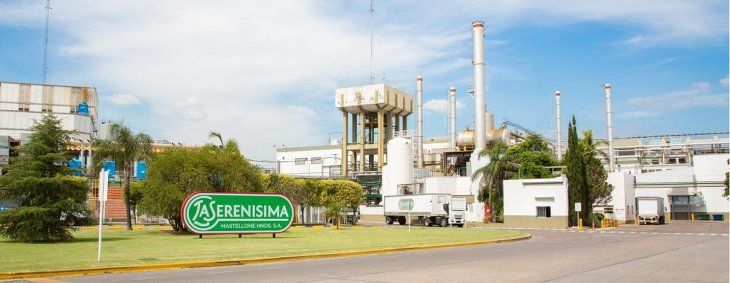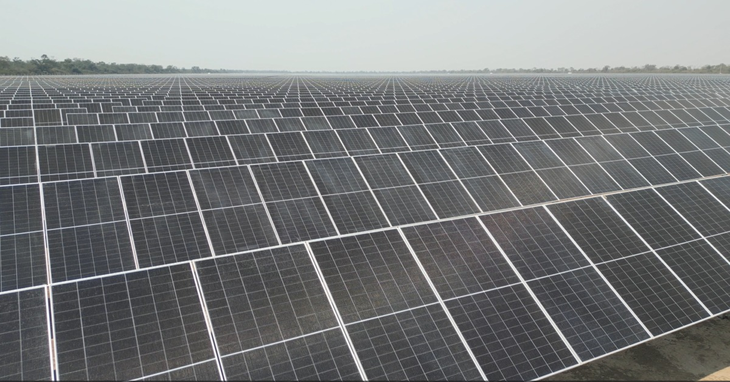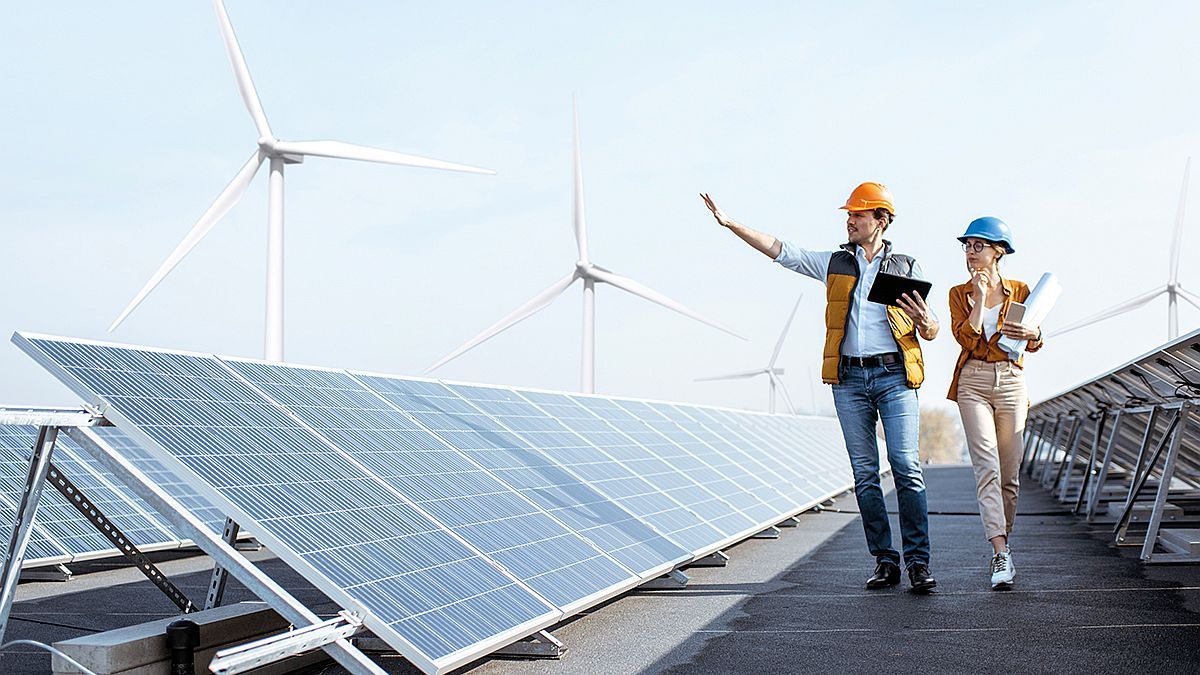The Regime – promoted by the previous administration – provides for an increase in the participation of renewable energy sources in national electricity consumption until reaching a 20% as of December 31, 2025 for all companies, businesses and industries that consume more than 300 kW.
But also, according to official regulations, the Regime seeks “stimulate investments in electricity generation, from the use of renewable energy sources throughout the national territorybe these new generation plants or expansions and/or repowering of existing generation plants, carried out on new or used equipment.
Article 9 of the Law No. 27,191 provides that the Large Users of the Wholesale Electricity Market (MEM) and the Big Demands who are Clients of the Public Distribution Service Providers or the Distribution Agents, with power demands equal to or greater than 300 kW, they must effectively and individually comply with the stated objectives.
Will the Government enforce this regulation?
Days before taking office, the current Secretary of Energy of the Nation, Eduardo Rodriguez Chirillohad publicly ratified that the compliance goals for the obligated subjects in the Law No. 27,191 were already established and that must be honored, as well as fulfilled the commitments within the framework of the Paris Agreement, with Nationally Determined Contributions (CND).
Given the imminent entry into force of this rule, Official sources completely ruled out extending the entry into force of this requirement.as requested by some large companies that demand more time to add more renewable energies to their production lines. “We are going to force it to be fulfilled”they said emphatically near Secretary Rodríguez Chirillo to Energy Report.
As this medium was able to corroborate, to enforce the law The regulations of articles 9, 10 and 11 of Law No. 27,191 of 2015 are still missingwhere they would settle the penalties for companies, businesses and industries because it does not reach the minimum of 20% renewable energy.
How much energy do large users or companies consume?
At the end of the second quarter of 2024, the installed power in the Argentine Interconnection System (SADI) was from 43,602 MW. According to an official report from the Secretary of Energythe net generation reached 33,808 GWh, 5.5% above the generation of the same period of the previous year. Of the total, 52.1% of the net generation came from thermal sources, while 37.9% was of renewable origin, including uses greater than 50 MW of power, and 10% nuclear.
In that same period, the demand for electrical energy increased 1.5% compared to the same quarter of the previous year, reaching 33,435 GWh. The report highlighted that compared to the same quarter of the previous year, consumption in the residential sector rose 8.1% and Industrial/commercial demand greater than 300 kW decreased by 5.1%.
image.png
Mastellone Hnos, has already met the renewable energy limit
One of the companies that already more than meets the 20% minimum is Mastellone Hnos.who recently reaffirmed his “commitment to caring for the environment” by the hand of MSU Green Energyto supply more renewable energies.
“Starting in September, almost 63% of the energy used by the company will be of renewable origin”they stated from the food company.
the serenisima.jpg

La Serenísima is the emblematic brand of Mastellone Hermanos.
Mastellone Hnos.
Beyond complying with the law, Mastellone’s commitment is aligned with a decision made in 2020, when it began to supply “clean energy” through an agreement with AES Argentina, acquiring 28% of the total volume of energy.
As reported by the company Energy Reportthis initiative already reaches the operations of the Pascual Mastellone Industrial Complex (General Rodríguez) and Victorio Mastellone Industrial Complex (Trenque Lauquen), Canals, Albariños, Leubucó, Mercedes and Villa Mercedes (San Luis).
“In this way, the legal requirement for large users with powers greater than 300 KW is greatly exceeded, which as of January 2025 will be 20%,” the company stated.
image.png

Pampa del Infierno is one of the 12 solar parks distributed in the NOA and NEA by MSU Energy, intended for the generation of 835 MW.
Juan Oyarzabaldirector of industrial operations at Mastellone, explained the importance of the agreement with MSU. “We are proud to have been able to take this big step. Thanks to the recently signed agreements, added to a series of initiatives implemented by the company in recent years, the company’s carbon footprint will be reduced by 22% from 2019 to date.”said the executive.
What renewable energies MSU Green Energy offers
MSU Green Energy has a platform 12 solar parks distributed in the NOA and the NEAintended for the generation of 835 MW. In this case, the energy company will supply clean energy from its solar park Hell Pampalocated in Chacofor a period of ten years.
Hell Pampa It is the solar park with the highest capacity in the country to supply energy to industries, with an installed power of 130 MW. This alliance with Mastellone is part of the agreement between private parties of the Renewable Energy Term Market (MATER).
“We promote the energy transition with the construction of more solar parks that can generate clean energy for our country. For us it is a pride to share this need for change with Mastellone Hnos. and to be able to accompany them in their decarbonization process”commented Manuel Santos UribelarreaFounder and CEO of the MSU Group.
Source: Ambito




